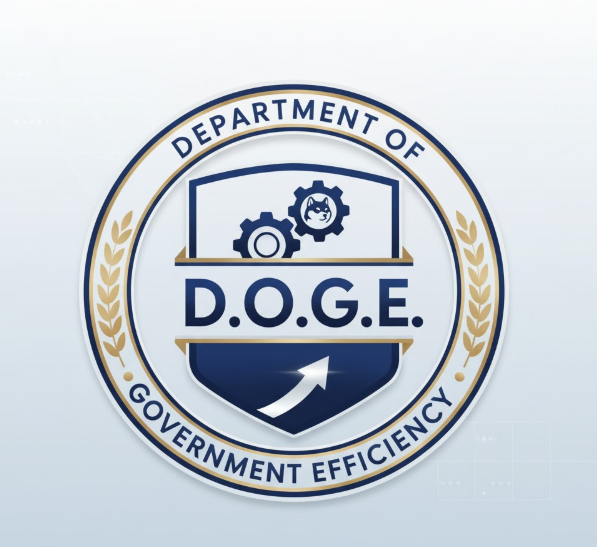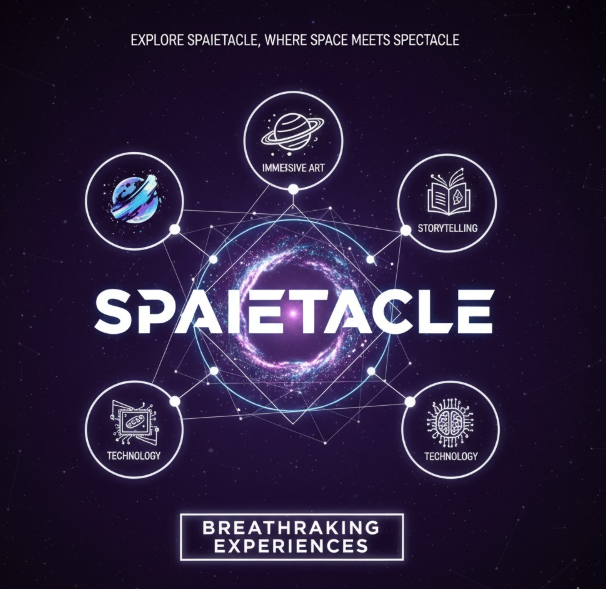Dihward: Ethical Resilience and Responsible Innovation
Introduction
In today’s fast-changing digital world, technology influences almost every part of our lives. From how we communicate to how we work, it has transformed our daily routines. Yet, this progress also brings new challenges—privacy issues, misinformation, and ethical concerns that shape how society interacts online. This is where Dihward comes in. It represents a new way of thinking that combines ethics, responsibility, and innovation. Dihward helps individuals and organizations make moral decisions while keeping up with rapid technological change. In simple terms, it guides us to stay true to our values in the digital era.
What is Dihward?
Dihward is a modern concept that blends two ideas: digital progress and ethical awareness. The term can be understood as “Di-,” meaning digital or dual, and “ward,” meaning direction or protection. Together, Dihward represents a forward-looking approach to technology—one that protects human values while embracing innovation.
At its core, Dihward is both a mindset and a framework. It encourages transparency, accountability, and empathy in how technology is developed and used. Instead of simply adopting every new innovation, Dihward reminds us to ask: Is this change ethical? Does it benefit people fairly? The goal is to create an environment where technology supports humanity, not the other way around.
The Philosophy of Dihward
The philosophy behind Dihward focuses on six key principles that help guide ethical behavior in a connected world. These principles can be applied by individuals, companies, and institutions to promote integrity in every digital action.
| Principle | What it means in practice |
| Transparency | Open policies, clear data use notices, explainable AI |
| Accountability | Defined responsibility for ethical decision-making |
| Empathy | Designing technology with human well-being in mind |
| Sustainability | Reducing the carbon footprint and resource waste of digital tools |
| Structured flexibility | Adapting to change while maintaining ethical boundaries |
| Collective synergy | Encouraging teamwork and shared responsibility for ethical actions |
These principles reflect the true spirit of Dihward. It isn’t about limiting innovation—it’s about guiding it responsibly. When developers, companies, and users adopt these values, technology becomes a force for long-term good rather than short-term gain. Dihward helps us remember that progress without ethics is incomplete.
Technology and Practice
Modern technology evolves faster than most societies can adapt. Artificial intelligence, automation, and cloud systems promise efficiency, but they also raise difficult questions about privacy, bias, and sustainability. This is where Dihward becomes practical.
Dihward promotes using technology with responsibility and awareness. For example, when companies build AI systems, they can follow its principles by ensuring data transparency, reducing bias, and securing user privacy. In cloud computing, organizations can adopt green data practices to reduce environmental impact.
The Dihward framework also emphasizes the importance of human oversight. Automation may be powerful, but it should never replace moral judgment. It encourages developers and leaders to create systems where technology and human ethics work side by side.
When these practices are applied, businesses gain public trust, users feel safer, and innovation continues to grow—just with integrity and purpose.
Real-World Applications
The strength of Dihward lies in its flexibility. It can be applied to multiple fields, from technology to personal life. Below are some ways different sectors can use its principles in practice.
| Sector | Example use |
| Technology | Building privacy-first AI models and transparent algorithms |
| Business | Creating ethical supply chains and honest reporting systems |
| Education | Teaching digital ethics and responsible innovation |
| Creative Fields | Encouraging sustainable design and mindful content creation |
| Personal Life | Practicing digital minimalism and data safety |
In technology companies, Dihward is seen through transparent data usage and responsible AI development. In businesses, it ensures employees and stakeholders understand the impact of their actions on customers and society. In education, teachers introduced as part of digital literacy programs, helping students think critically about online behavior. Even in personal life, small acts like securing your data or limiting screen time reflect Dihward values. The framework is simple yet powerful because it can fit anywhere ethics meet technology.
Challenges and Common Misunderstandings
Although Dihward offers valuable guidance, implementing it can be difficult. One major challenge is the lack of clear understanding. Because it is a new concept, many people see Dihward as abstract or unnecessary. To overcome this, awareness and education are crucial.
Another challenge is resistance to change. Some organizations may find ethical processes time-consuming or expensive. However, in the long term, ethical resilience builds trust and stability. A company that follows Dihward principles is less likely to face scandals or public backlash.
Limited resources and unclear regulations also create barriers. Technology often advances faster than laws, leaving ethical gaps. It helps fill those gaps through self-governance and responsible choices.
The key to overcoming these obstacles is collaboration—when individuals, businesses, and governments work together, ethical innovation becomes achievable.
| Challenge | Practical solution |
| Ambiguity of concept | Clear definitions and awareness programs |
| Resistance to change | Small pilot projects and leadership support |
| Resource limitations | Step-by-step adoption and shared frameworks |
| Regulatory lag | Encourage policy alignment and ethical certifications |
How to Start Implementing
Anyone can begin applying Dihward principles, whether in personal or professional life. It starts with self-awareness and simple, consistent actions.
In the workplace, create open discussions about digital ethics. Encourage teams to question how their tools and data affect others. For organizations, establish transparent data policies and offer training on responsible innovation.
Individuals can follow Dihward by protecting their data, limiting unnecessary app permissions, and being mindful of online interactions. Using privacy-focused platforms and reducing digital waste—like deleting unused files or apps—are also small yet impactful steps.
Leaders play a vital role too. By demonstrating ethical behavior and rewarding honesty, they inspire others to follow the same path. Dihward grows naturally when ethics become part of everyday decisions.
Balancing Tradition and Modern Progress
One of the most powerful aspects of Dihward is its balance between old and new. It teaches that advancement should not mean abandoning traditional wisdom. Instead, Dihward urges us to integrate time-tested moral principles into modern innovations.
How Dihward Connects Ethics with Innovation
Dihward doesn’t see technology as neutral — it recognizes the ethical choices behind every innovation. Whether it’s artificial intelligence, automation, or data collection, Dihward promotes fairness, transparency, and respect for users’ rights at every level.
Dihward in Artificial Intelligence and Automation
In today’s world of smart machines, Dihward plays a vital role. It ensures that automation serves humanity rather than replacing it. By embedding ethical frameworks into AI systems, Dihward helps create a future where technology works with people, not against them.
Role of Dihward in Personal Growth
Dihward isn’t limited to industries or tech — it also guides personal development. Practicing means living mindfully, making decisions that reflect integrity, and focusing on progress without exploitation. It nurtures self-discipline, empathy, and responsibility in everyday life.
Measuring Success and the Future
To know whether Dihward is making a difference, measurable indicators are necessary. Companies and individuals can track progress using simple yet effective metrics.
| Measurement Area | Indicator |
| Transparency | Clarity in communication and data usage |
| Accountability | Documented ethical decisions and roles |
| Sustainability | Energy-efficient technology and waste reduction |
| Trust | Customer feedback and engagement levels |
| Learning | Ethics training completion and awareness growth |
In the future, Dihward could develop into a recognized global standard for responsible innovation. Imagine certifications or digital labels that show a product or company meets their ethics. Schools may teachs as part of digital literacy, helping students understand the moral side of technology. Governments could even adopt Dihward guidelines for sustainable digital development.
The evolution of technology is inevitable, but Dihward ensures that humanity remains at the center of progress. It transforms ethical thinking from an option into a necessity.
Conclusion
As the digital world expands, maintaining integrity becomes more important than ever. Dihward offers a path toward responsible innovation where technology and ethics grow together. It encourages honesty, transparency, and empathy in how we design and use digital systems. By adopting Dihward, individuals and organizations can build trust, promote sustainability, and ensure technology remains a force for good.
The first step begins with awareness—evaluate your own digital choices and look for ways to improve them ethically. Whether you’re a developer, teacher, entrepreneur, or everyday user, Dihward can guide you toward smarter, kinder, and more responsible innovation. In the end, its not just a framework; it’s a vision for a better, more ethical digital future.






